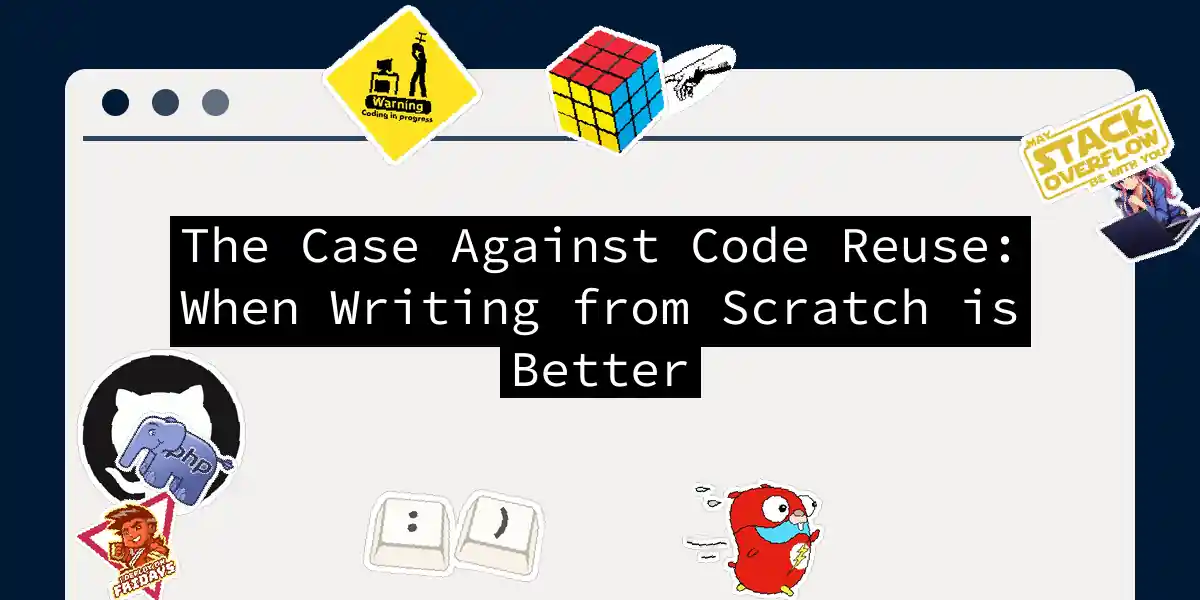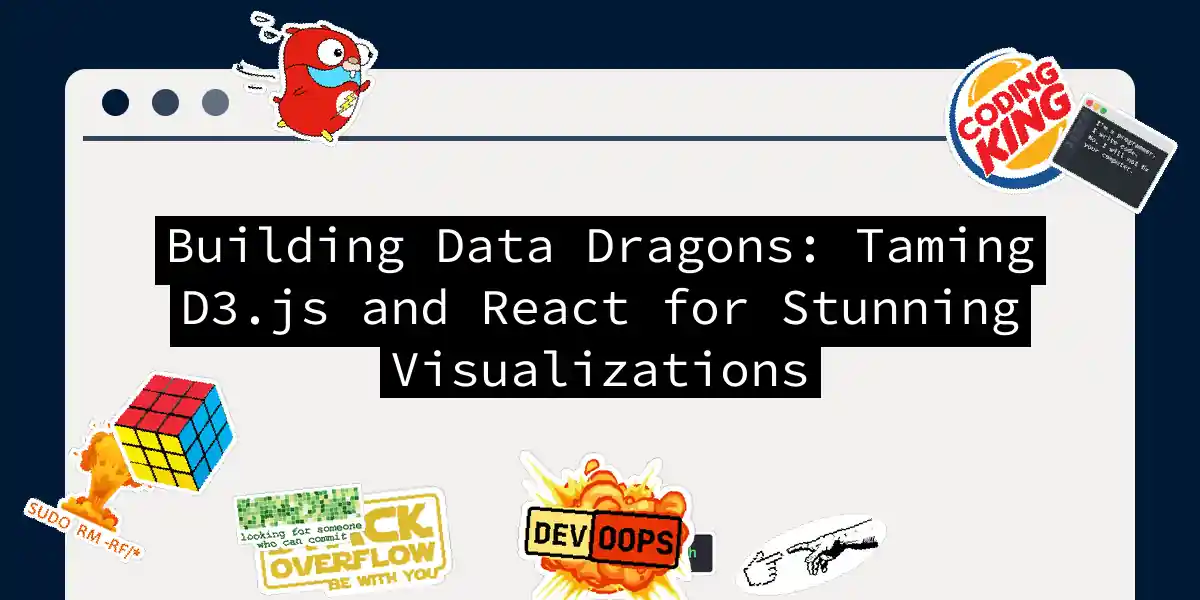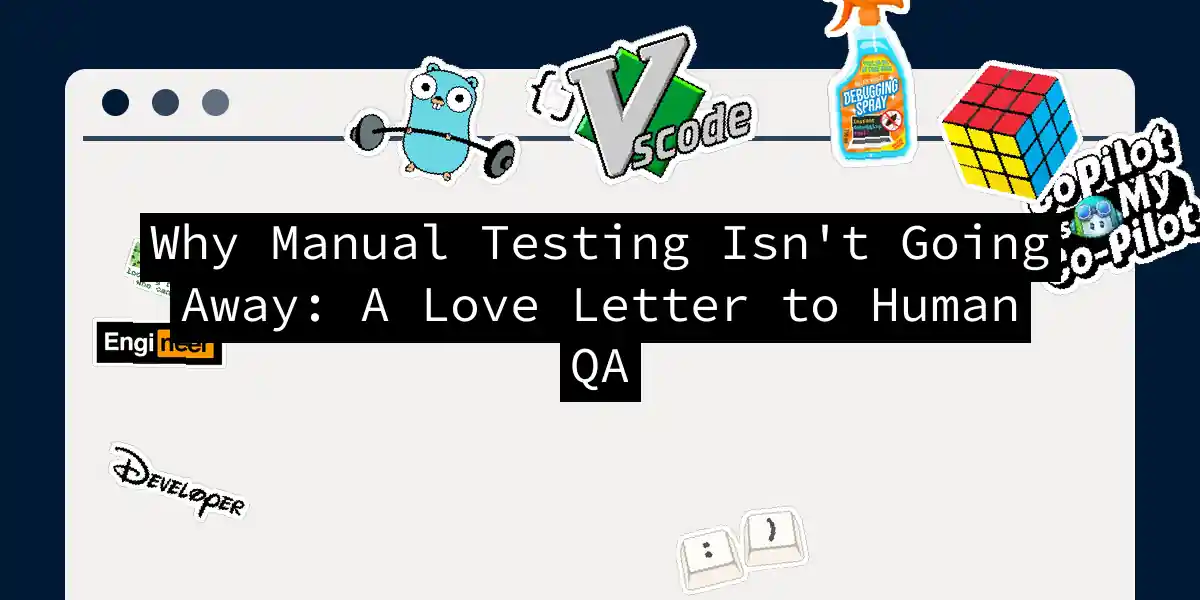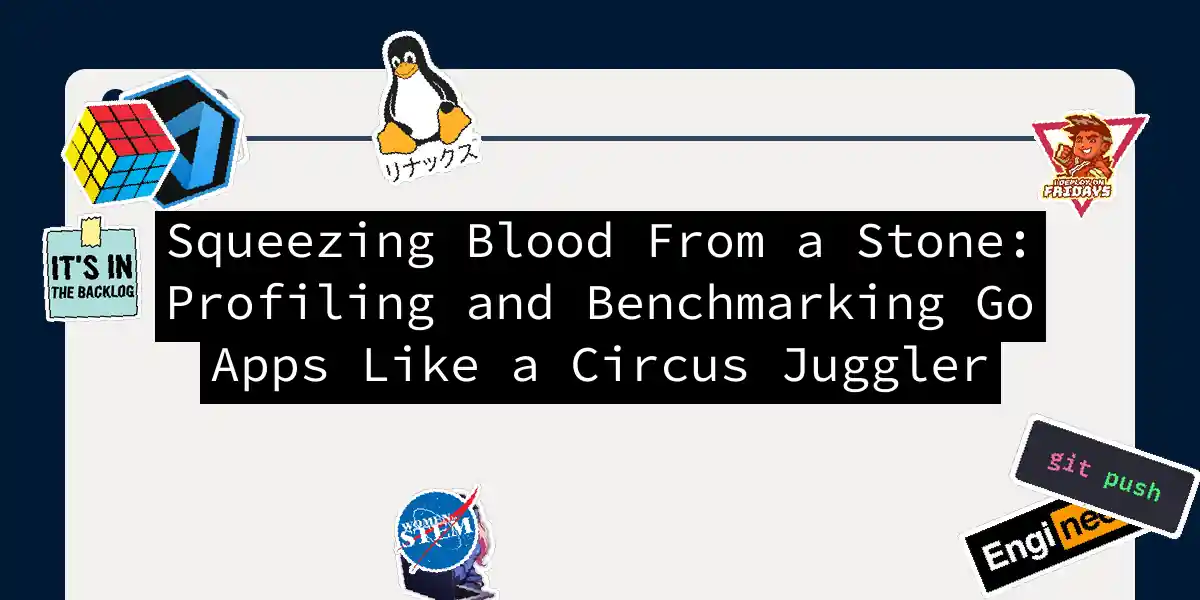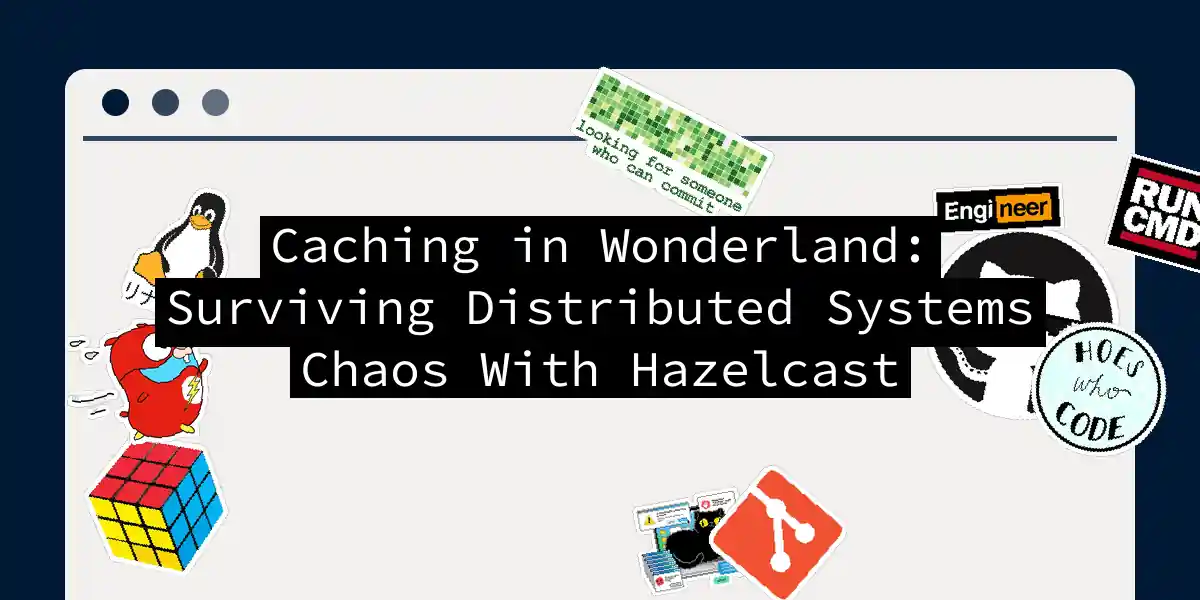
Caching in Wonderland: Surviving Distributed Systems Chaos With Hazelcast
Picture this: you’re Alice falling down the rabbit hole of distributed systems, and Hazelcast is your Cheshire Cat - always grinning with solutions. Let’s build a distributed caching system that even the Queen of Hearts would approve (just don’t mention cache invalidation at tea time). Preparing the Mad Hatter’s Toolkit First, let’s brew our dependency potion in the pom.xml cauldron: <dependency> <groupId>com.hazelcast</groupId> <artifactId>hazelcast-all</artifactId> <version>5.5.0</version> </dependency> <dependency> <groupId>org.springframework.boot</groupId> <artifactId>spring-boot-starter-cache</artifactId> </dependency> Now let’s configure our looking glass (hazelcast....
